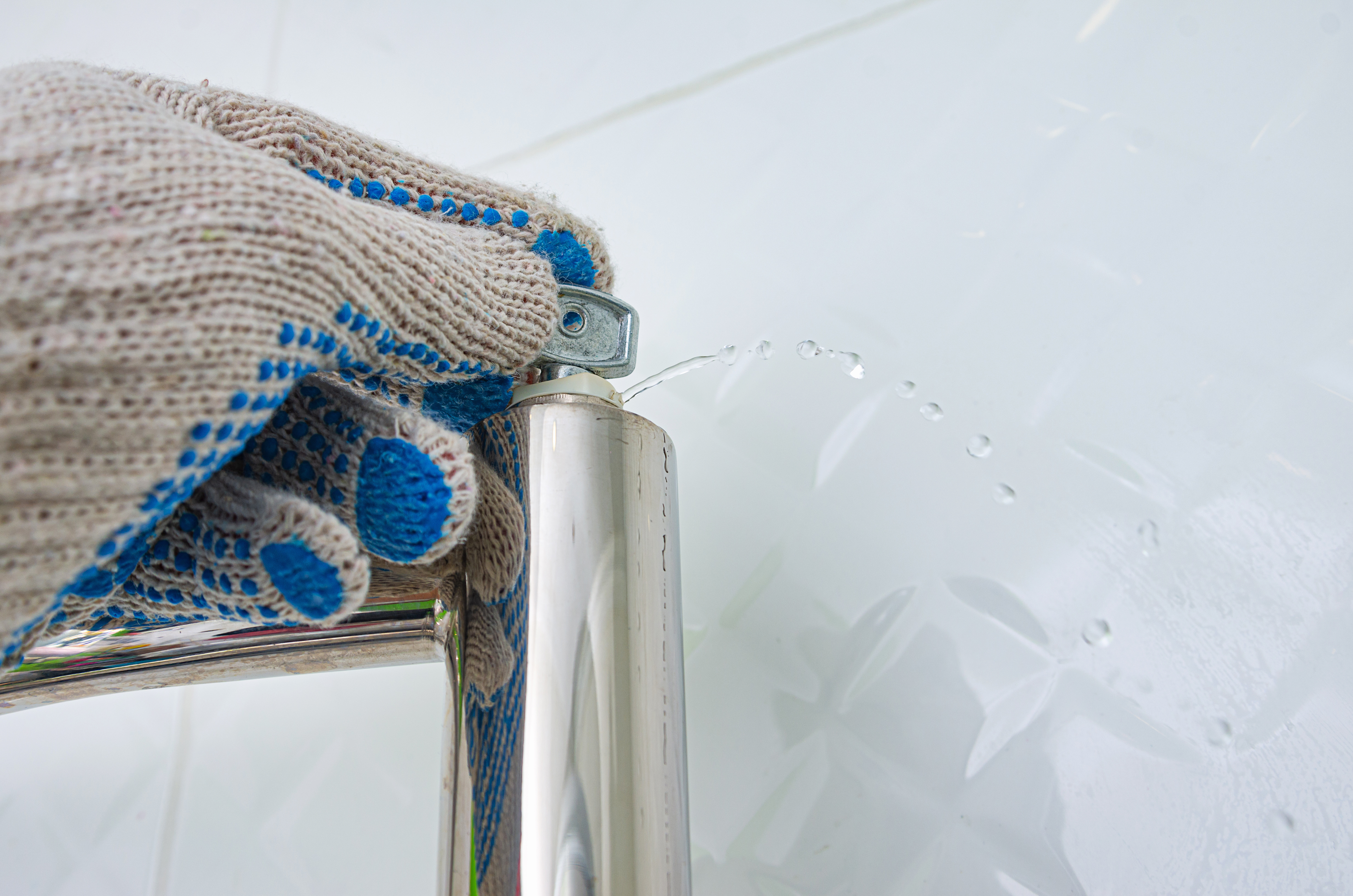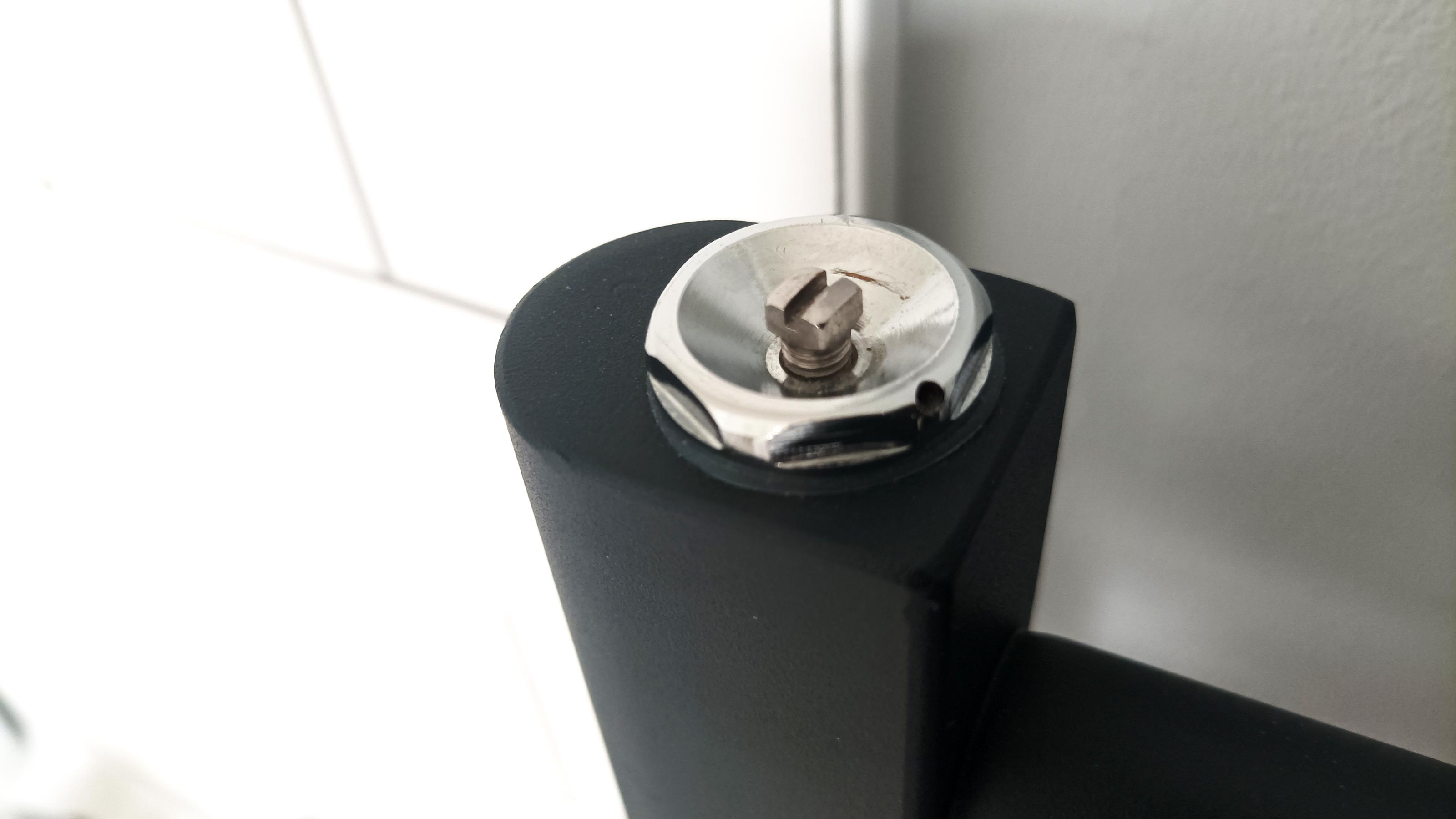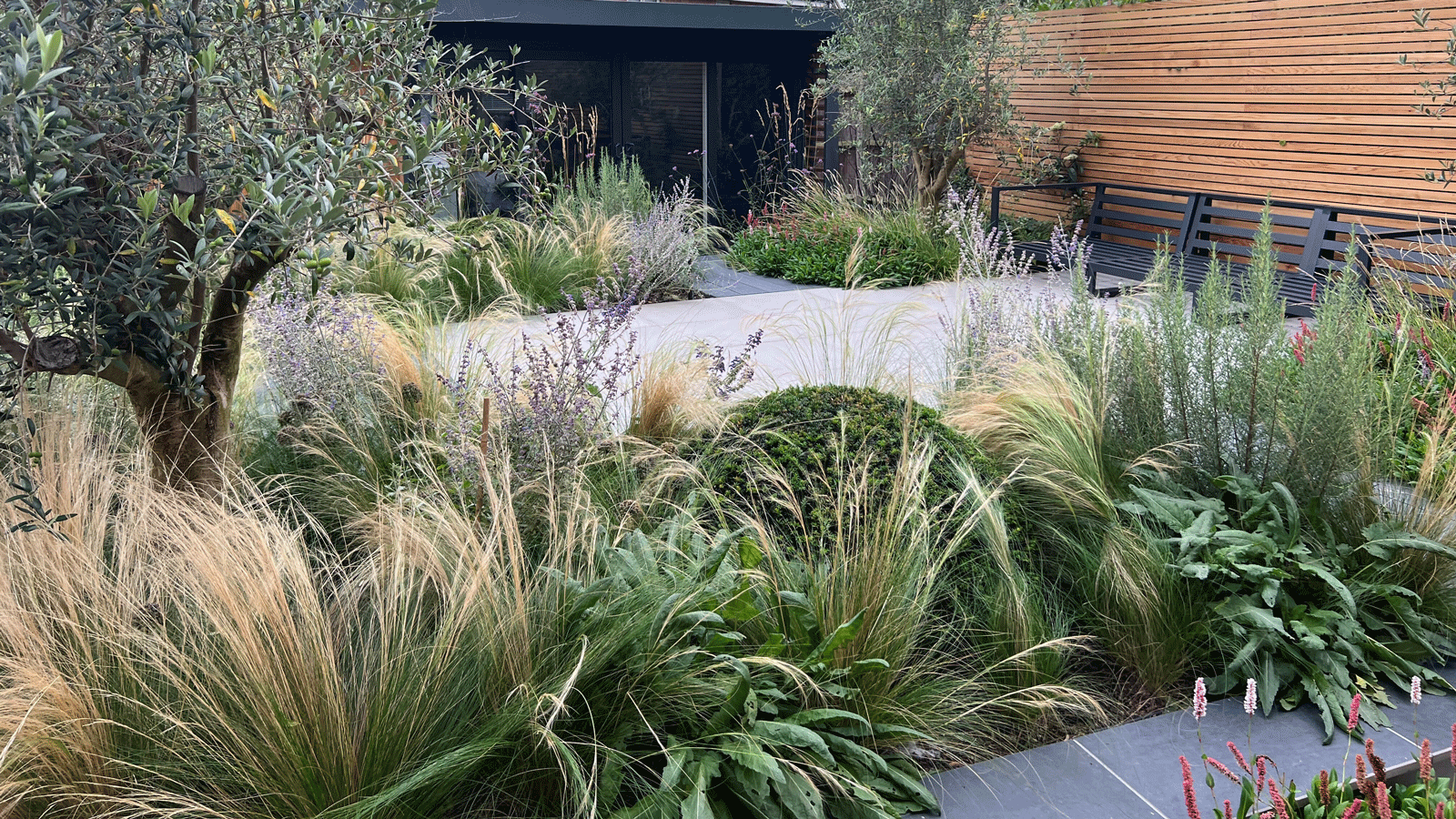How to bleed a towel radiator: 3 simple steps to keep it hot
Knowing how to bleed a towel radiator means it can keep pumping out maximum heat, remains efficient — and your towels stay dry and warm. Here we show you how

Cold towel radiator? Then you need to know how to bleed a towel radiator to bring it back up to piping hot to keep your towels toasty. When air gets trapped in the heating system you'll notice your towel radiator isn't warming up properly — ordinarily being hot at the bottom and cold at the top.
Bleeding a radiator is the easy way to remove trapped air. A heating system is pressurised, so when the bleed valve is opened it forces the air out allowing the water to fill the radiator.
But it is worth noting the reasons why air is getting into your system. There might be a leak somewhere, or your radiators need replacing. If it happens regularly you will need to call in a professional to help identify any issues.
But until then follow out quick and easy guide to stay warm.
How to bleed a towel radiator quickly
To bleed a towel radiator you will need the right tool to help undo the bleed valve. For this job you can use a standard radiator key or a flat head screwdriver.
1. Turn off the heating and switch on the radiator valves
The first step is to ensure your heating is turned off and the towel radiator has cooled down.
A towel radiator will need to be filled with water to bleed properly. Typically there will be two valves on the bottom which allow water into the radiator. You need to make sure that these are both open.
If your towel radiator is equipped with a TRV (Thermostatic Radiator Valve) turn it up to the max (typically number 5). If you have valve caps that twist, turn anti-clockwise. If the caps are just covers, pop off and use a pair of pliers to turn the valve anti-clockwise.
2. Open the bleed valve
First locate the bleed valve. This is typically on top of the radiator and will have a small square screw in the centre with a slot on top. There will also be a small hole in the bleed valve where the water comes out when you open it.
Get a towel or cloth and wrap around the bleed valve and get a small container to capture the water
Now get your radiator key – or if you don’t have one, a slotted screwdriver – and slowly turn the screw until you hear air hissing out. As soon as this happens get ready to catch any water. Quickly close when the hissing stops.
3. Repressurise heating system
After letting air out of the system, the pressure on the heating system will drop. If you have a pressurised boiler you may need to repressurise the system to get it back up to optimum working order. The process is different depending on what system and what manufacturer you have.
If you don’t know how to repressurise your boiler, locate the instruction manual and see how it's done. If unsure, contact a professional.

What are the two valves on top of a towel radiator for?
These are not valves in the same sense that they control the water flow in and out of the radiator. One is a vent valve, which is known as the bleed valve, which releases trapped air.
The other is known as a blanking plug. This effectively seals up the other hole in the top of the towel radiator. This simply screws in the top of the radiator. You will need an adjustable spanner to insert or replace.
How much will a plumber charge to bleed a radiator?
If you follow this guide you wont need to call out a plumber to bleed your towel radiator. However, heating a bathroom is essential when the winter months close in. When bleeding your towel radiator it will be a good time to do all the radiators in your home.
If you are not confident doing this yourself you can call in a plumber, or potentially combine this with your annual boiler service. The price will depend on how many radiators that you have. If you have less than 10 radiators the job should take an hour or two or less. Expect to pay around £80-£100.
If you have more than 10 radiators the job will obviously take longer, maybe around two to three hours expect to pay £100-£150.
Get the Homebuilding & Renovating Newsletter
Bring your dream home to life with expert advice, how to guides and design inspiration. Sign up for our newsletter and get two free tickets to a Homebuilding & Renovating Show near you.
Steve Jenkins is a freelance content creator with over two decades of experience working in digital and print and was previously the DIY content editor for Homebuilding & Renovating.
He is a keen DIYer with over 20 years of experience in transforming and renovating the many homes he has lived in. He specialises in painting and decorating, but has a wide range of skills gleaned from working in the building trade for around 10 years and spending time at night school learning how to plaster and plumb.
He has fitted kitchens, tiled bathrooms and kitchens, laid many floors, built partition walls, plastered walls, plumbed in bathrooms, worked on loft conversions and much more. And when he's not sure how to tackle a DIY project he has a wide network of friends – including plumbers, gas engineers, tilers, carpenters, painters and decorators, electricians and builders – in the trade to call upon.

